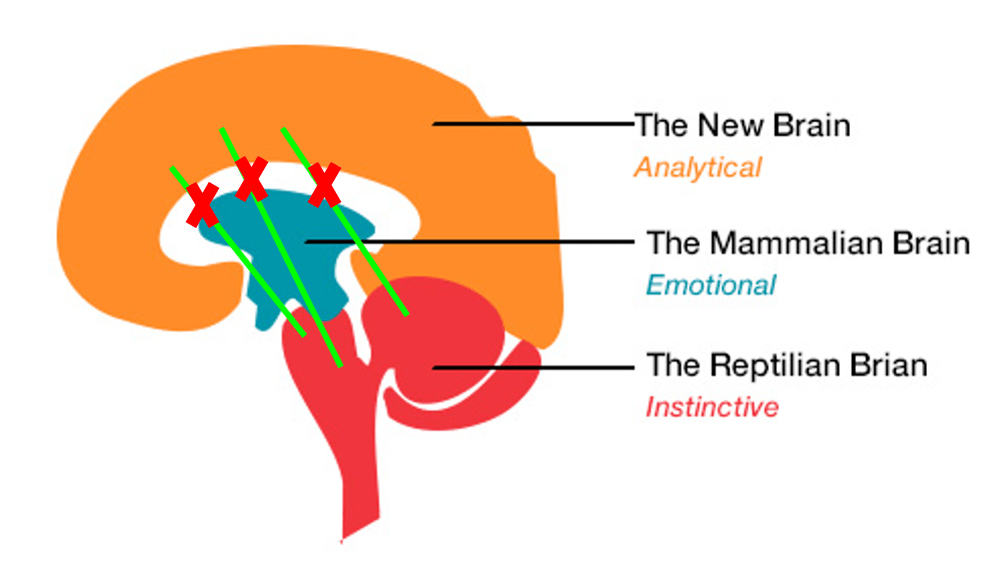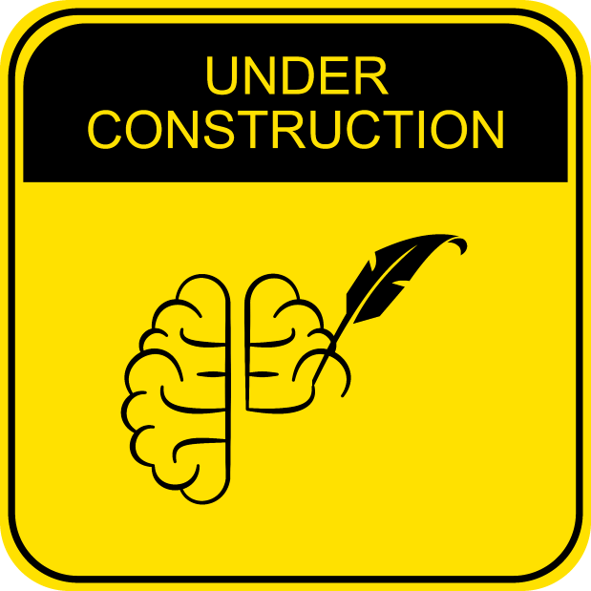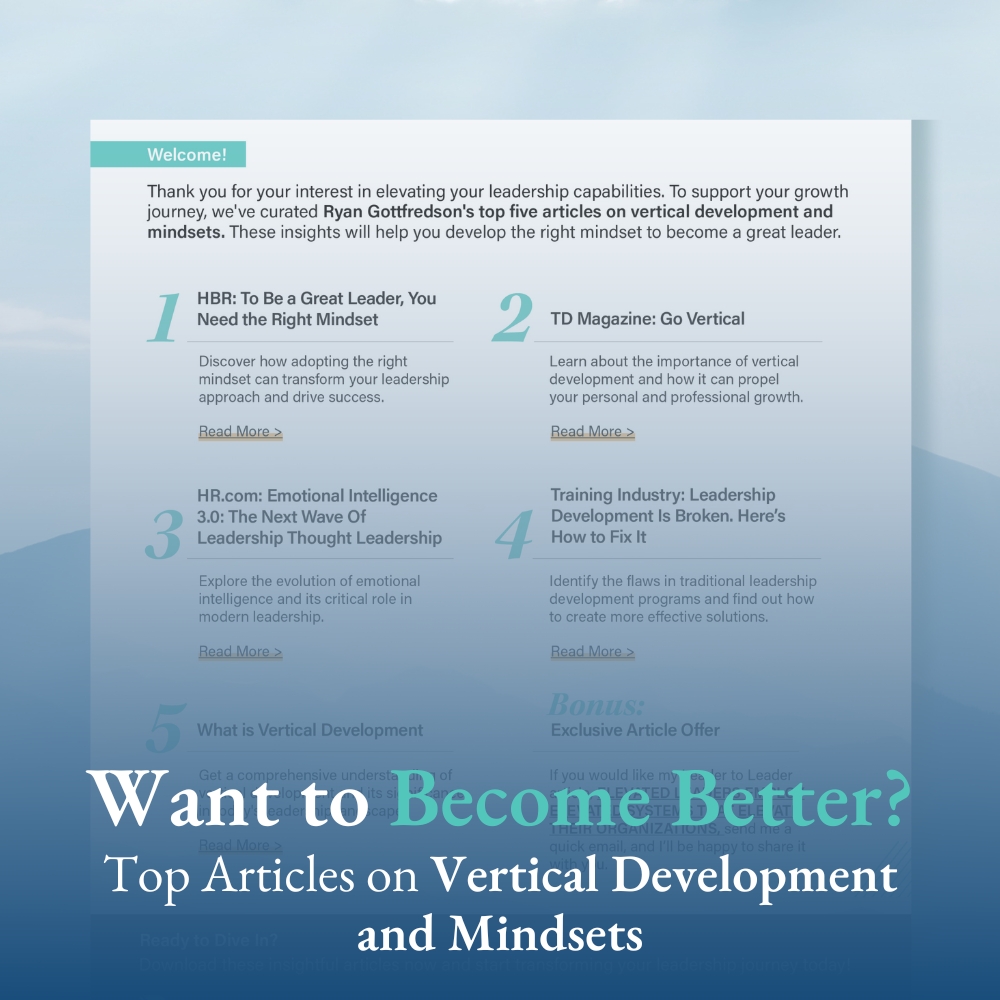This is the final article in a four-part series.
In the first article, I explained that our mindsets are long-range neural connections in the brain that connect the three different brain regions. They effectively serve as the circuit board for our mind.
In the second article, I explained that when someone has negative mindsets, it is an indication that their long-range neural connections are not properly integrated, preventing the three different brain regions from working together effectively.
In the third article, I explained that a primary cause of this disintegration, and therefore negative mindsets is trauma.
This leads to this article. If we understand that negative mindsets are the result of disintegration (often caused from trauma), we would do well to understand how to create improved integration of our mindsets (these long-range neural connections that serve as the circuit board for our mind). To provide this understanding, I pull from the latest in what we have learned to treat trauma from neuroscientists, psychiatrists, and doctors.
Two Primary Ways of Creating Greater Integration in our Mind (Shifting from Negative to Positive Mindsets)
While the image below is an oversimplification of a disintegrated brain, it is helpful to think about when I describe the two primary ways of creating greater integration: bottom-up and top-down.

Bottom-Up
When an individual is disintegrated, one of the things they have a hard time doing is connecting with the feelings in their body. Generally, because of past trauma, they use numbing as a coping mechanism. While this prevents them from feeling pain, it simultaneously inhibits their ability to fully process their experiences.
Thus, a bottom-up approach involves practices that involve helping the individual reconnect with their body, and allowing this reconnection fully filter up into and processed by their neocortex (as opposed to primarily filtered just into the reptilian and mammalian parts of the brain). To do this they need to have experiences that deeply and viscerally contradict their fear and insecurities associated with negative mindsets (and trauma).

Effectively, it is a recalibration of one’s autonomic nervous system.
Some simple ways of reconnecting with the body (often the starting place) is to have the individual focus on their breath, their bodily moments, or touch.
In my research, an interesting example for bottom-up treatment was a “prescription” to take horse-riding classes. When one takes horse-riding classes, it helps the individual connect with and trust another living being (which they may have a hard time doing if they have been through trauma). It also requires them to do a lot of “touch” by brushing and caring for a horse. And, it requires them to increase the consciousness of their body as they focus on posture and body positing while riding a horse.
To summarize, the bottom-up approach is focused on going from body to mind.
Top-Down
Top-down is obviously the opposite approach, focused on going from mind to body.
What neuroscience has found is that the location where our mindsets (long-range neural connections) connect with the neocortex is in our medial prefrontal cortex (essentially the area of the brain that is right behind our forehead). And, because of this, brain scans have found that if we want to consciously access our other regions of the brain (mammalian and reptilian brains), we need to work through the medial prefrontal cortex.
The way that we do this is through, what psychologists and neuroscientists call, interoception (Latin for “looking inside”), which involves introspecting as a way to connect with ourselves and our body. Meditation and yoga can help with this.

The approach and techniques that I have historically used to help people shift their mindsets from negative to positive have been top-down approaches. Essentially by putting labels and descriptions to our mindsets, it provides individuals with the ability to access to their nonconscious automatic processing and behaviors that are primarily being driven by their mammalian and reptilian brains). And, by becoming conscious of this nonconscious processing, we develop greater capacity to integrate our mind.
Specific Treatments to Integrate the Brain
In the fantastic book, The Body Keeps the Score, Bessel Van Der Kolk provides an overview of the best treatments to integrate the brain.
His focus is primarily related to treating trauma, but I believe are also directly related to shifting and improving our mindsets (as trauma is often at the root of negative mindsets, and both involve disintegration).
Here they are:
- Voicing, speaking to, and putting a language to our disintegration – “Silence about trauma also leads to death—the death of the soul. Silence reinforces the godforsaken isolation of trauma.” “As long as you keep secrets and suppress information, you are fundamentally at war with yourself. Hiding your core feelings takes an enormous amount of energy, it saps your motivation to pursue worthwhile goals, and it leaves you feeling bored and shut down.”
- Writing to yourself – “Writing experiments from around the world…consistently show that writing about upsetting events improves physical and mental health.”
- Eye Movement Desensitation and Reprocessing (EMDR) – Fairly new psychotherapy practice that has been scientifically found to be significantly more effective than medication for treating trauma, depression, and anxiety. To learn more about this, click here.
- Yoga – “As I often tell my students, the two most important phrases in therapy, as in yoga, are “Notice that” and “What happens next?” Once you start approaching your body with curiosity rather than with fear, everything shifts.”
- Restructuring inner maps (psychomotor therapy) – “In my experience, physically reexperiencing the past in the present and then reworking it in a safe and supportive “container” can be powerful enough to create new, supplemental memories: simulated experiences of growing up in an attuned, affectional setting where you are protected from harm… Instead a structure offers fresh options—an alternative memory in which your basic human needs are met and your longings for love and protection are fulfilled.”
- Neurofeedback – Using machines and electrical stimuli to activate and strengthen certain neural connections.
And, it is important to point out that all of these treatments seem to be much more effective if the individual has a secure bond with another individual (e.g., spouse, significant other, friend) as they work the rewiring and integrating process. For more on this, check out Emotionally Focused Couple Therapy with Trauma Survivors by Susan M. Johnson.












